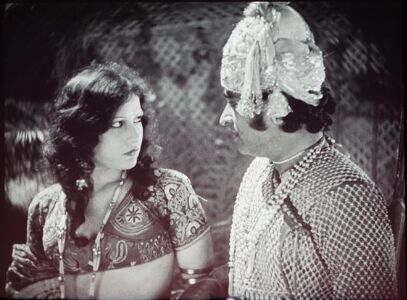The myth of artistic immunity
3 Jan 2019 5:43 PM IST
Almost as old as the Indian democracy is the Censor Board of Film Certification, still trying to establish its free will? Is every autonomous body succumbing to the pressure of the political parties or biased public opinion? Is artistic immunity only a namesake? Is every issue in 2019 a precursor to the big elections?
0
Next Story




